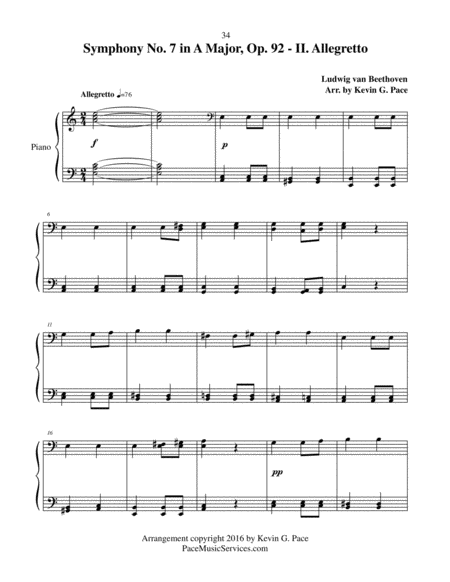
(Toscanini beat out both Koussevitzky and Stokowski for the right to give the Western premiere.) On July 19, Toscanini and his NBC Symphony introduced the symphony to this country in a radio broadcast that reached several million listeners - an unparalleled event for a piece of new music. Within a month, the score was microfilmed, placed in a tin can and secretly sent to the United States, by plane and by car, in a circuitous route through Tehran, Cairo and South America before ending up in New York City. Three weeks later, it was played in Moscow. The symphony was performed for the first time on March 5, 1942, in Kuibyshev, by the evacuated orchestra of the Bolshoi Theatre.

A pathetic adagio with drama in the middle episode. A lyrical intermezzo … no program and fewer “concrete facts” than in the first movement. … The recapitulation is a funeral march, a deeply tragic episode, a mass requiem. War breaks suddenly into our peaceful life. Shostakovich’s eventual official statement, “I dedicated my Seventh Symphony to our fight against fascism, to our coming victory over the enemy and to my native city of Leningrad,” is reproduced on the first page of the printed score merely as “Dedicated to the city of Leningrad.” Although Shostakovich originally gave titles to the four movements - War, Remembrance, the Wide Spaces of Our Land and Victory - he later discarded them and provided only a few hints about the meaning of the music: He later moved to Kuibyshev, in the Volga region, where he finished the finale in December. 1, having finished three movements, Shostakovich was evacuated from the city against his wishes. “Our art is threatened with great danger,” he said on Leningrad radio that month. Two more movements were written at great speed. He originally had intended it to stand alone as a symphonic poem, but he now recognized that it was merely the opening chapter of a long and deeply personal work. The first movement was completed on Sept. “If things began looking too hot, he calmly finished the bar he was writing, waited until the page dried, neatly arranged what he had written and took it down with him into the bomb shelter.”

“Even during air raids he seldom stopped working,” his wife Nina wrote. 7 under Jaap van Zweden on May 22-24.Īlthough the members of Leningrad’s most prestigious artistic institutions, including the conservatory and the philharmonic, were evacuated that summer, Shostakovich chose to stay in Leningrad, racing with his family to the air-raid shelters and returning to his desk at home to continue writing his symphony. As Sandburg suggested, it was “music written with the heart’s blood.”Īs part of its Truth to Power three-week festival, the CSO will perform Shostakovich’s Symphony No. Then you walk home and write more music.” The music was the Seventh Symphony, soon to be known everywhere as the Leningrad Symphony. The American poet Carl Sandburg wrote: “Sometimes as a fire warden you run to the streets and help put out the fire set by Nazi Luftwaffe bombs. (He made the cover of Time magazine that month wearing his fire helmet.)Īs intended, the image of a great composer ready to defend his city and his people did not go unnoticed. By the end of the month, he was reassigned to the fire-fighting brigade at the Leningrad Conservatory, and he subsequently was photographed in his fireman’s outfit, standing on the conservatory rooftop . He began writing his new symphony on July 15. His time was divided between digging ditches throughout the city and making arrangements of light music to be played at the front.

Already a world-famous composer, Shostakovich joined the war effort in late June 1941, right after the Nazi invasion. Shostakovich composed most of his Seventh Symphony in Leningrad, his birthplace, during the siege of the city that ultimately took nearly a million lives - roughly one-third of its inhabitants - as a result of hunger, cold and air raids.


 0 kommentar(er)
0 kommentar(er)
